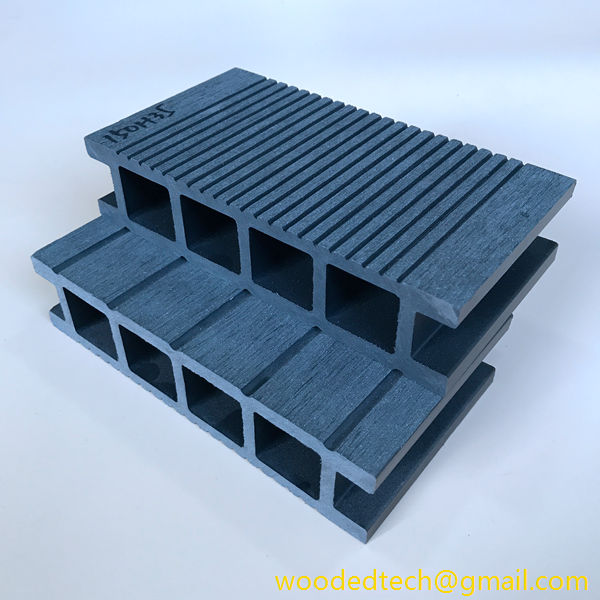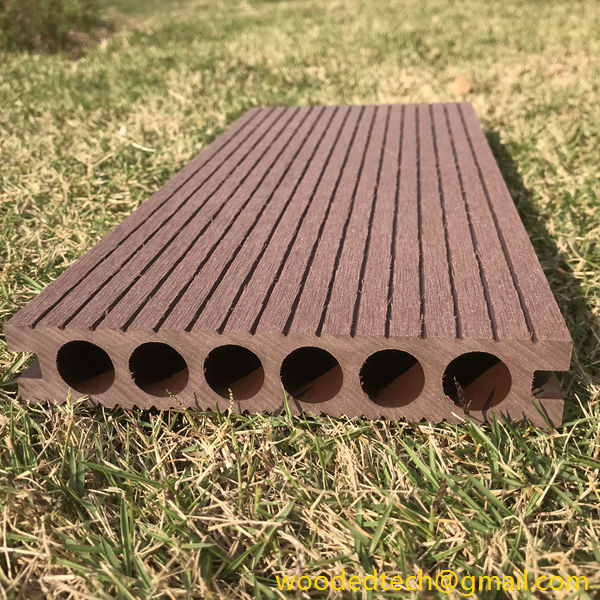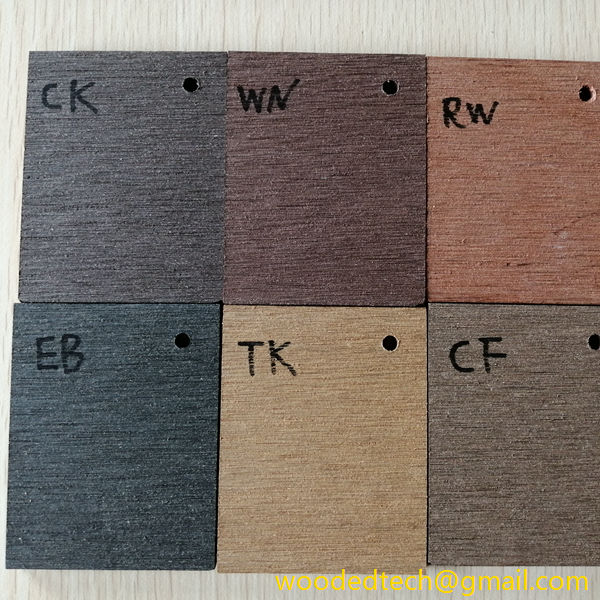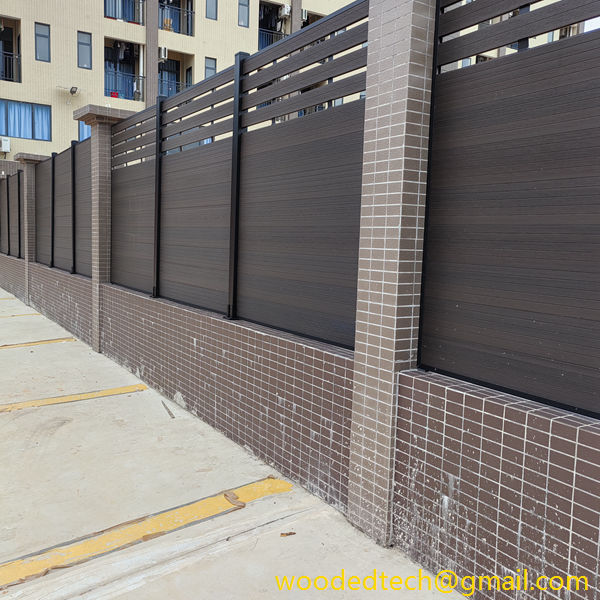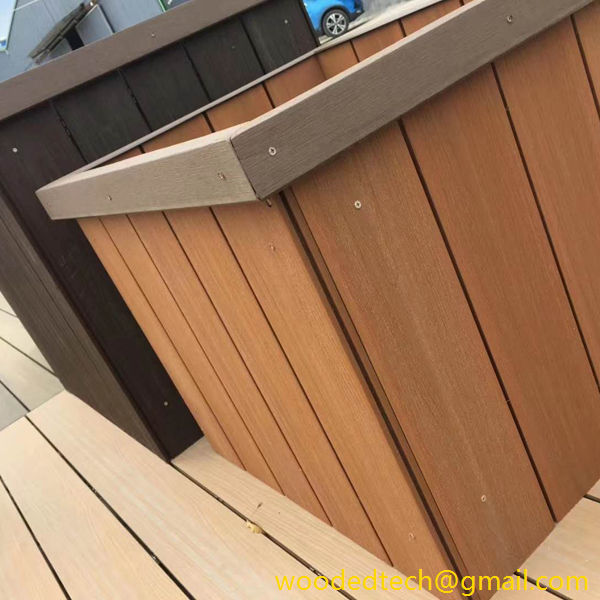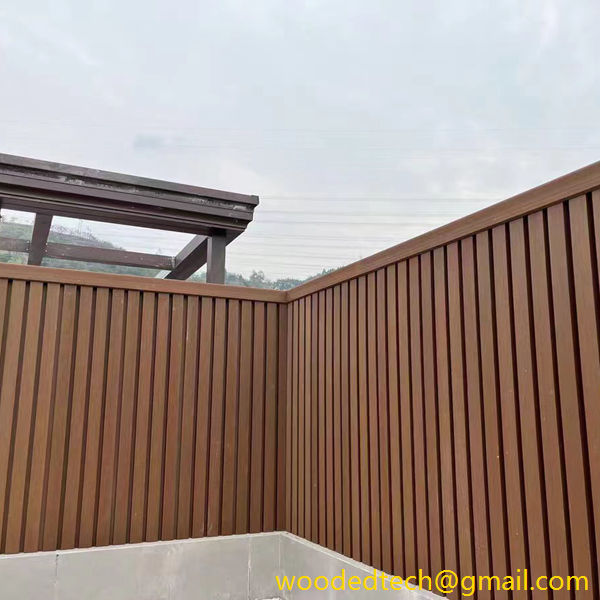Understanding WPC Decking Detail Features and Their Impact on Performance and Aesthetics
Wood-Plastic Composite, commonly known as WPC, has become a popular choice for decking due to its unique blend of wood fibers and plastic. This composite material is designed to combine the best features of both wood and plastic, offering a range of advantages that enhance both the performance and aesthetics of outdoor spaces. To fully appreciate WPC decking, it is essential to understand its detail features and how these characteristics impact installation and maintenance.
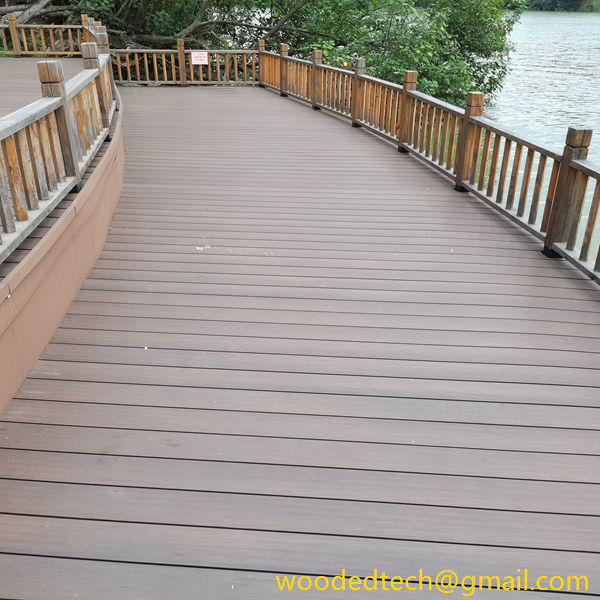
One of the primary features of WPC decking is its resistance to moisture and decay. Traditional wood decking is vulnerable to water damage, which can lead to warping, rotting, and the growth of mold and mildew. In contrast, WPC decking is engineered to withstand exposure to moisture, making it an excellent choice for areas prone to humidity or frequent rainfall. This feature not only prolongs the lifespan of the decking but also reduces the frequency of maintenance required to keep the surface in good condition.
From an installation perspective, the moisture resistance of WPC decking simplifies the process. Unlike wood, which may require extensive preparation and treatment to ensure durability, WPC boards can be installed directly with minimal pre-treatment. This can save time and labor costs during installation. Furthermore, WPC decking boards are typically designed with interlocking systems or hidden fasteners, which enhance their aesthetic appeal by providing a clean, seamless look. This ease of installation is particularly advantageous for DIY enthusiasts who wish to undertake their own projects without the need for professional assistance.
Another notable feature of WPC decking is its low-maintenance requirement. Unlike traditional wood decking that necessitates regular sealing, staining, or painting to maintain its appearance and protect it from environmental elements, WPC decking requires very little upkeep. A simple wash with soap and water is often sufficient to keep the surface looking fresh and clean. This low-maintenance characteristic not only saves time for homeowners but also reduces long-term costs associated with upkeep and repairs.
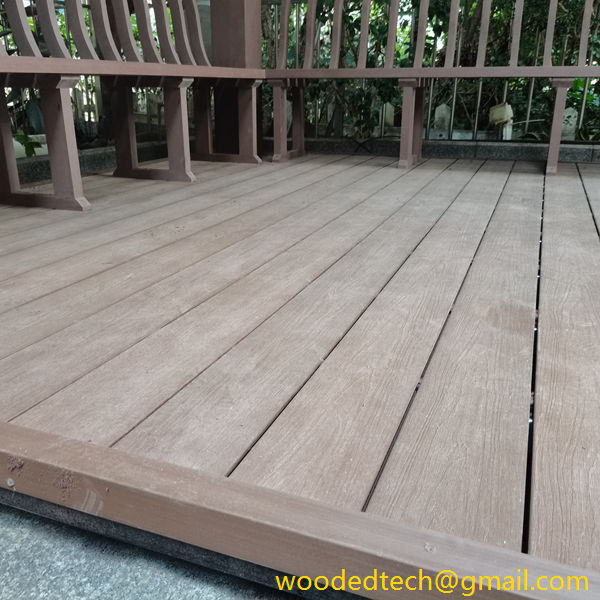
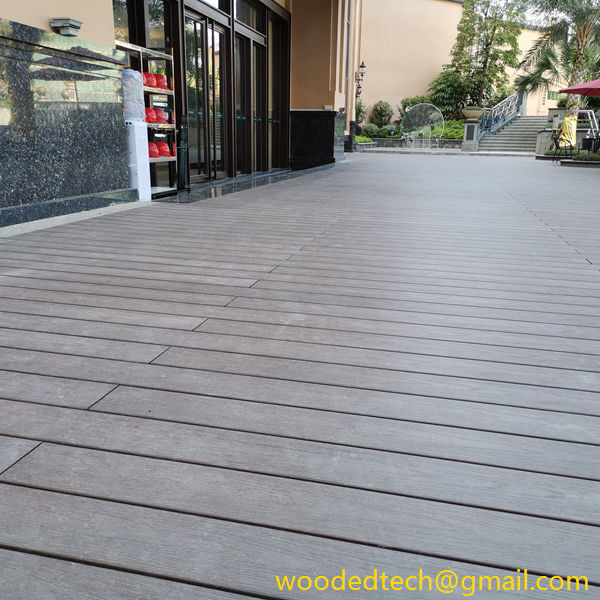
The durability of WPC decking is also a significant factor that impacts both performance and aesthetics. WPC is designed to resist fading, scratching, and staining, which can be common problems with traditional wood decking. This durability ensures that the decking retains its color and appearance over time, providing a consistent and appealing look for many years. Homeowners can enjoy the beauty of wood without worrying about the inevitable wear and tear that often accompanies natural wood products.
When considering the aesthetic aspects of WPC decking, it is essential to note the variety of styles and finishes available. WPC manufacturers offer a wide range of colors, textures, and patterns that mimic the appearance of natural wood. This versatility allows homeowners to choose a look that complements their outdoor space while enjoying the benefits of a composite material. The ability to customize the appearance of WPC decking enhances its appeal, as it can suit various architectural styles and personal tastes.
Another important detail feature of WPC decking is its resistance to insects. Traditional wood decking is often a target for termites and other wood-boring insects, which can cause significant damage over time. WPC decking, however, is insect-resistant, reducing the risk of infestations and the associated costs of pest control. This insect resistance contributes to the overall durability of the decking and further minimizes maintenance concerns for homeowners.
Moreover, WPC decking is often designed with slip-resistant surfaces, making it a safer option for families and pets. This feature is particularly valuable in wet conditions, where traditional wood decking can become slippery and hazardous. The added safety element enhances the functionality of outdoor spaces, allowing for greater enjoyment without the worry of slips and falls.
In conclusion, understanding the detail features of WPC decking is crucial for homeowners considering this material for their outdoor spaces. The moisture resistance, low maintenance requirements, durability, aesthetic versatility, insect resistance, and slip-resistant surfaces all contribute to both the performance and appearance of WPC decking. From an installation standpoint, the ease of use and time-saving characteristics make it an attractive option for DIY projects. Ultimately, WPC decking offers a practical and aesthetically pleasing solution for creating beautiful outdoor environments that can withstand the test of time. By selecting WPC decking, homeowners can enjoy the benefits of a material that combines the beauty of wood with the resilience of plastic, ensuring a long-lasting addition to their properties.

